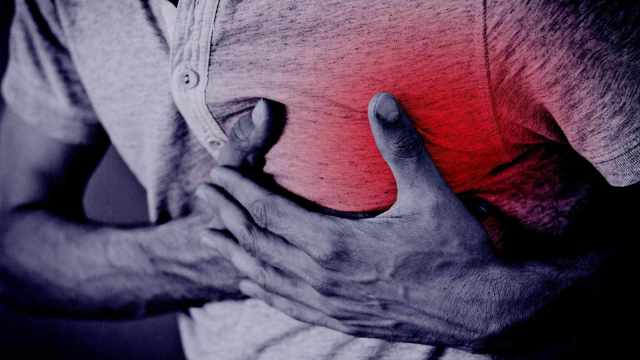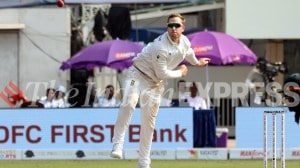After a major heart attack, he could barely walk. Two years later, he ran a half-marathon: How cardiac rehab made a patient fitter
While following a graded plan, high-risk individuals need closer supervision and continuous heart rate monitoring
 Often patients ask me how most heart attack patients become fitter after a procedure. (File)
Often patients ask me how most heart attack patients become fitter after a procedure. (File)At age 50, this medical college professor was active enough, given his family history of heart attacks. However, he was unaware of another risk factor that amplified his risk — diabetes. He had a severe heart attack, the kind when a major artery supplying the heart is completely blocked, causing a significant portion of the heart muscle to die from lack of oxygen. It was months after angioplasty, where a stent is put to open up an artery, before he felt strong and confident enough to start cardiac rehab. He could barely walk on a treadmill for a few minutes. Two years later, he ran the half marathon, 21 km, something he had never done in his life.
Often patients ask me how most heart attack patients become fitter after a procedure. Or choose to run marathons. First, of course, is that blockages limit human activity. When they are cleared, patients can do much more. Second, they want to prove to themselves that they are better than before. But the third most important factor is cardiac rehabilitation, which all heart attack patients must go through to return to a fitter and better life.
What is cardiac rehabilitation?
It is a medically supervised programme designed to help people recover after a heart attack, bypass surgery, valve surgery, heart transplant or other cardiac procedures. This includes nutrition, psychological counselling to relieve stress and depression and monitored physical activity to ensure the heart isn’t being overtaxed and can build resilience.
If medication is one part, then the rehab drill is the second part of a protocol to prevent a second heart attack. All you need to do is start slow and then gradually build up tempo. My patient took two years to feel confident about foot-racing. Then he trained himself harder for the last four months to run 5 km and then 10 km.
Now every patient does not “have” to run marathons after heart disease but exercising regularly is the best preventive tool.
Exercise and heart disease
Exercise has both direct and indirect benefits in reducing heart disease risk. It helps control most modifiable risk factors like lowering your blood pressure, diabetes, cholesterol and body weight. Besides, it allows the heart to work more efficiently over a longer period of time. With regular exercise, your heart rate at rest is reduced but the amount of blood pumped during each beat actually increases. In simple words, your heart pumps more efficiently. Besides, regular exercise makes your blood “less sticky”, which is beneficial in preventing a clot. It also regulates some hormones like adrenaline and conditions your heart to better deal with emergencies arising out of abnormal heart rhythms.
What should be the build-up like
The goal is to achieve 30-45 minutes of exercise per day but choose your pace under supervision. Once discharged, walk for five to 10 minutes at intervals to readjust the heart to activity. Each week you increase the time and once you can complete walking in 30-40 minutes, you can reduce frequency to once a day. Then you may gradually add new routines like swimming or any other moderate intensity routines.
One who intends to run should have completely recovered from the scarring effect of the cardiac event.
My patient ran on the treadmill under medical supervision. It would be an alternate pattern of walking, resting, running, pausing in keeping with his tolerance levels. That’s how he went up to walking up to 4 km of walking and then running that much on the treadmill.
What about precautions?
While exercising, you need to be particularly aware of any symptoms such as angina or shortness of breath. Any discomfort in the upper part of the body, from navel to nose, which increases with exertion, should be viewed as angina, unless proven otherwise. If you do notice angina, unusual shortness of breath or fatigue with exercise, then stop exercising immediately and seek medical advice. High-risk individuals need closer supervision and continuous heart rate monitoring.
(Dr Shetty is lead cardiologist and medical director, Sparsh Hospital, Bengaluru)





- 01
- 02
- 03
- 04
- 05


























